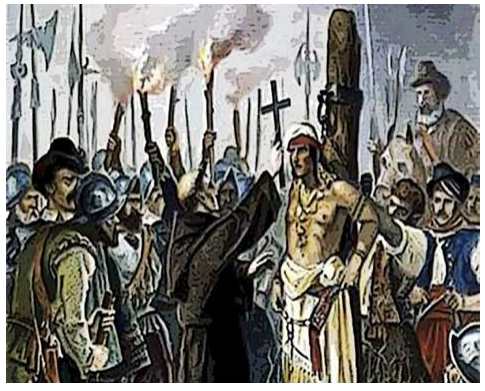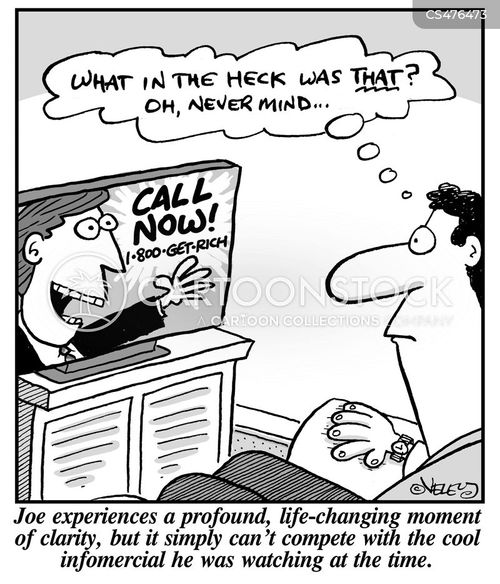Final Project- Tai Thi
Artwork of Execution Of The Inca by Pizzaro

I chose this art piece as me and my groups did vide-blog #1. I am reminded of the team work we had. We were learning and discussing about how the colonizers came to the new world and took advantage of the native people for their own benefit. I relate to this art as in my country Vietnam, the country has experienced colonization from France and learning the similar topic was very interesting.
La Guera by Cherrie Moraga: Personal Connection
Spotify Playlist: Based on Kimberle”, by Achy Obejas.
- Before Our Spring- IU
- You’re Somebody Else- Flora Cash
- Remember that night- Sara Kays
- Out Of Love- Alessia Cara
- Lose You Love Me- Selena Gomez
I know this sounds foolish
The Spotify playlist I created consists of five songs that is connected with the topic of being confused to love another due to complicated relationship. And also the feeling of not knowing if the person you love is the same. Kimberle and the narrator have this complicated relationship which I think in the song is also reflected. The first song I chose was Before Our Spring by IU. The song includes the lyrics:
“But I’m afraid to go to you
Even if you don’t understand
It’s alright, it’s alright“
The lyrics and the song talks about how it feels to be not understood and frustrated to see someone you love not understand the other individual.
The second song I chose is You’re Somebody Else- Flora Cash. In the story, the narrator is confronted with the possibility that Kimberle is the serial killer. I think the song relates to the part of loving someone who is unknown in the character. The song lyrics says:
“Well you look like yourself
But you’re somebody else
Only it ain’t on the surface
Well you talk like yourself
No, I hear someone else though
Now you’re making me nervous“
Pandora’s Box, by Arturo Arias
News Article: https://www.nbcnews.com/feature/nbc-out/transgender-nepali-has-her-big-moment-indian-catwalk-n716351
I chose this article because it talks about the struggle of transgender and the problems she faced coming from a small village of Nepal. In Pandora’s Box, by Arturo Arias, his story also shows the challenges Juan faces during and before his new life. In the news article, Anjali Lama, a transgender model from Nepal states how the years she lived in the village in Nepal were hard. She says that people in school made fun of her and struggled with confusion and depression.
Dulce Pinzón and Graciela Iturbide (images)


Analyzation:
“Mexican Heaven” José Olivaraz
“they dream
Jose Olivaraz
of another heaven, one they might be allowed in
if only they work hard enough.”
I chose to include this part of the poem in my blog as it connects to the photograph by Dulce Pinzón, The real story of superheroes. The jobs and roles which are plays in the society by immigrant workers are above and beyond than white people. The credit and risk people take to built a nation to just be merely looked as if they are not part of society is saddening. But, as the photograph states, they are the real superheroes.
Porcupine Love by Tatiana de la Tierra (Colombia)
Alternative ending:
After getting home, thousands of thoughts were running across my mind. The thought of seeing Antenna, the thought of getting to see her and travel until our bodies will be tired. But, my other half of my thoughts were more concerned of my life here, the job I get so much from and place where I can go find anyone, does not have to be Antenna. I had to put those thoughts somewhere so I could see them and realize what is right and wrong. I took out diary and started writing, on one page I stated writing about things I love about my life right now and on one page, things I love my life with Antenna in it. Starting on my first topic, there were a few things which I loved but when I started writing about Antenna, my pen did not stop. It was if I had transformed into this writer with obsession. I did realize it was a obsession but for love and only love for Antenna.
With all those thoughts and reflection, I had ordered a e-ticket to go to Australia. The flight was in the morning and I stayed up the whole night thinking about what we will be doing in Australia right after I land. I was as excited as a child would be if they were going to a wonderland. And once it was 7 am, I packed all my bags and before leaving I dropped a resignation letter to my job and, left for the airport.
Group 3: Taino Project 1
Tai Thi, Christopher Gonzalez, Jocelyn Gomez
The colonizers from Spain on Taino have brought nothing but pain and have left them behind education wise. From when Columbus had taken his first steps into the Taino territory, he took advantage of their abilities because of their bodies and appearances. Mostly taken advantage of
the colonizers had brought their own intentions into making the Taino people their slaves to do their labor. The indigenous community couldn’t really do nor say anything for themselves as they didn’t have a developed language and were still part of the Old world that has yet to gain
more knowledge of growing technology. Colonization brought many diseases that caused many deaths amongst their people thus living and working in such horrible conditions. The Taino community made it past while still keeping their heritage and traditions intact.
Colonizers came to the new world to do multiple things; take all the natural resources from the native people for their own benefit, spread disease and new ways of thinking. A lot of Natives died because of the disease the colonizers carried when voyaging and because native people have
never experienced those things a huge part of them died. Forcing Catholicism on the natives was also a negative impact. Natives had to hide their beliefs and culture because the new comers didn’t think that way and considered it as “savage”. The image above is a good way to represent
the forcing of a new religion. Colonizers believed that discovering the new world and forcing natives to be slaves was the calling of God. They justified the killing of millions of natives with their religion. Catholicism also influenced natives in the way they portrayed their Gods but it still
wasn’t the same. Not only did colonizers take what was valuable to them but they also took their lives and their culture














